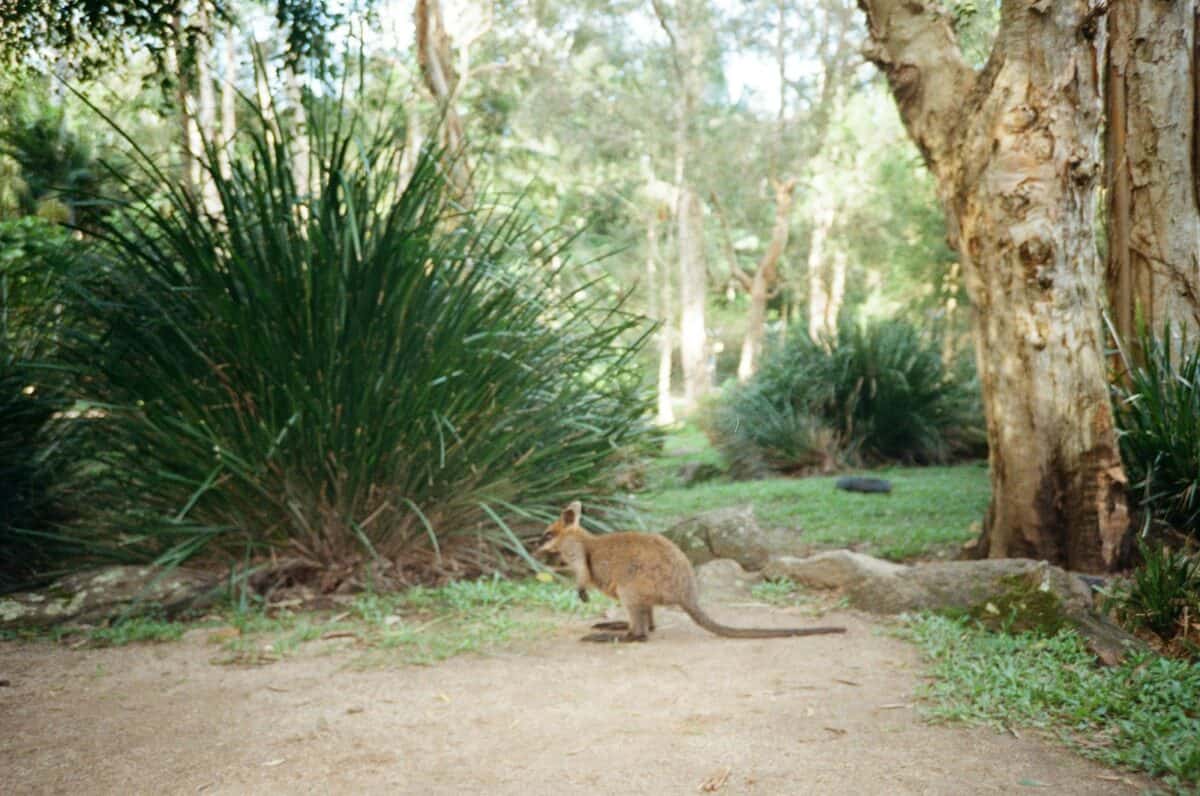When we think of affectionate animals, species like dogs, cats, or even elephants might come to mind. Kangaroos, with their powerful kicks and boxing reputation, rarely make that list. Yet, these iconic Australian marsupials display remarkable and often unexpected forms of tenderness, particularly within their social groups. While they may seem aloof or even aggressive to casual observers, kangaroos have developed sophisticated ways to express bonds and attachment that might surprise even the most knowledgeable wildlife enthusiasts. Their methods of showing affection reflect their unique evolutionary path and social structure, offering fascinating insights into marsupial behavior and emotional intelligence in the animal kingdom.
The Social Structure of Kangaroo Communities
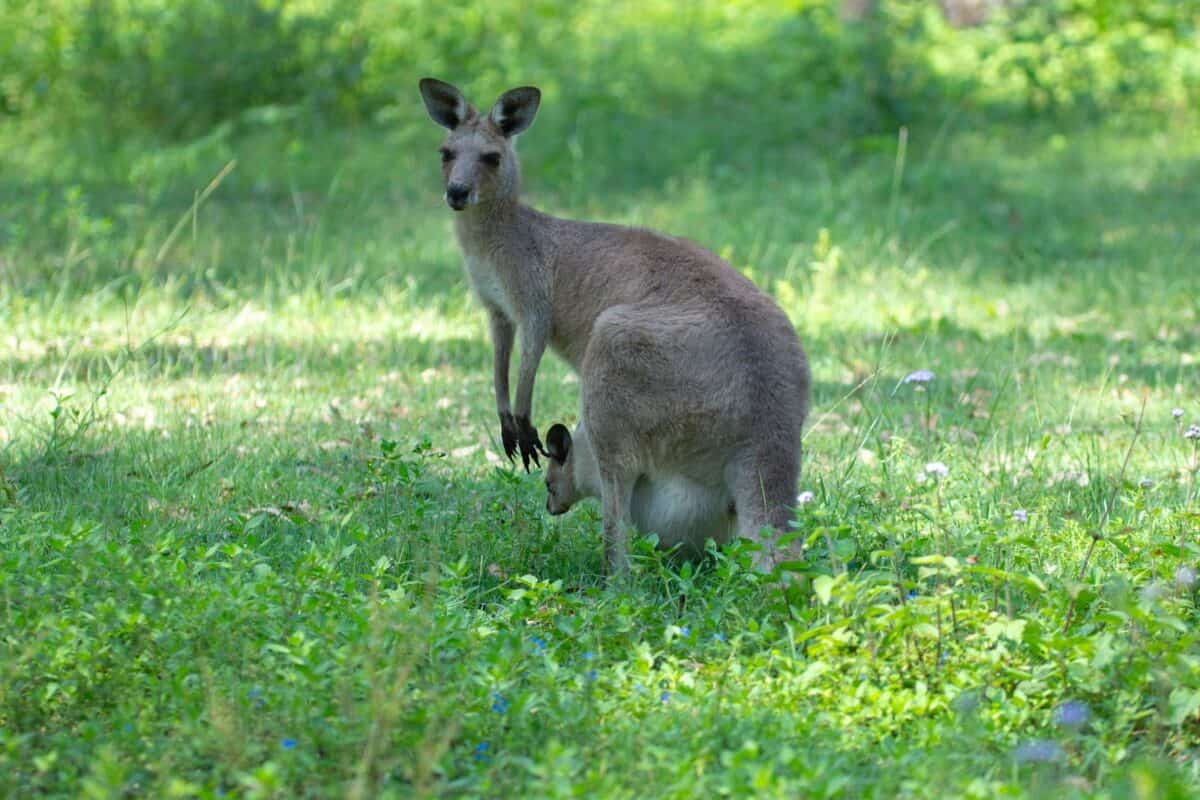
Understanding how kangaroos show affection begins with recognizing their social organization. Contrary to popular belief, kangaroos are highly social creatures that live in organized groups called “mobs.” These mobs typically consist of 10 to 50 individuals, though some groups may grow larger in areas with abundant resources. Within these communities, kangaroos establish complex social hierarchies and relationships that govern their interactions.
The mob structure provides protection and social stability, with dominant males (called “boomers”) leading the group. This social environment creates the foundation for affectionate behaviors to develop and flourish. Kangaroos recognize individual members of their mob and form specific bonds with certain individuals, particularly between mothers and their young and between siblings who have grown up together. These established relationships create the context in which kangaroos express their unique forms of attachment and affection.
The Gentle Art of Grooming
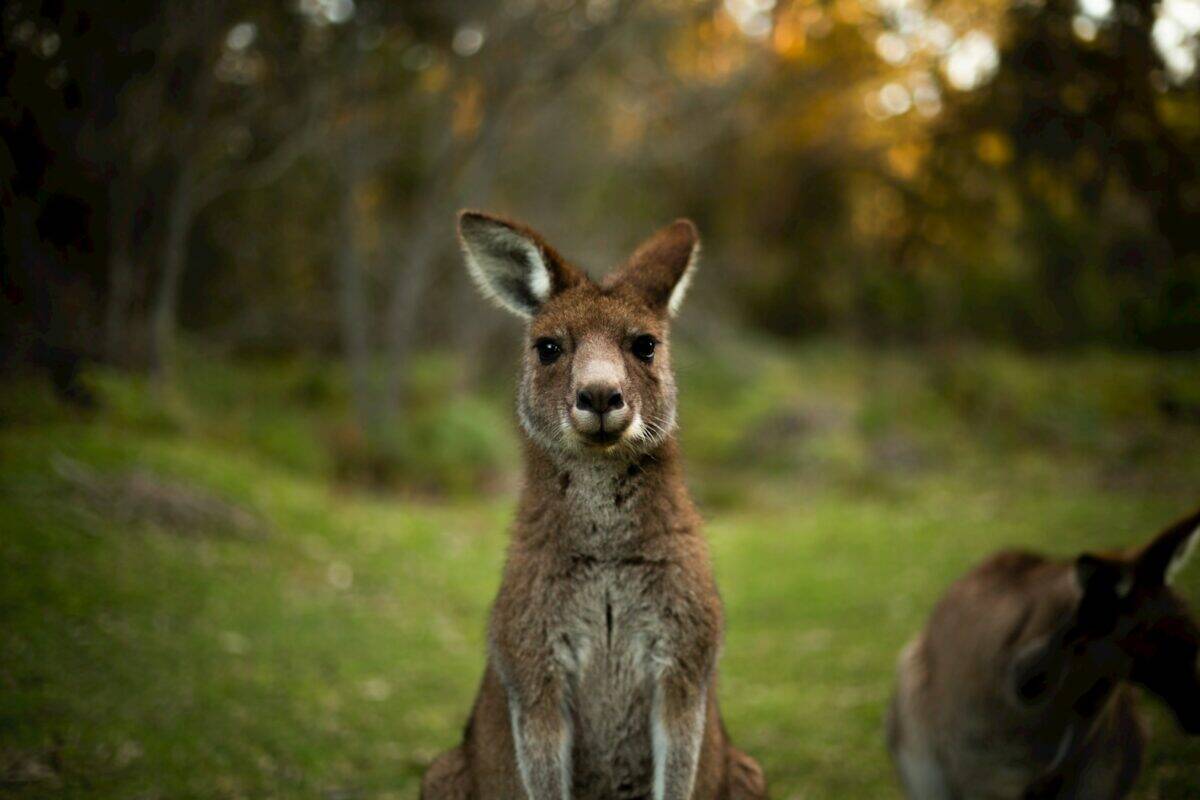
One of the most common ways kangaroos display affection is through mutual grooming, a behavior that serves both practical and social purposes. Using their forepaws and teeth, kangaroos help each other access difficult-to-reach areas of their bodies, removing parasites, dirt, and debris from their fur. This practical activity has evolved into a crucial bonding ritual that strengthens relationships within the mob. Researchers have observed that grooming sessions increase following stressful situations, suggesting they may serve as a form of comfort and reassurance.
What makes kangaroo grooming particularly special is the gentle, methodical approach they take. Unlike some primate species that may groom roughly, kangaroos use delicate movements, carefully attending to their companion’s fur. They’ll often focus on the head, neck, and back areas, creating a soothing experience that can last for extended periods. This peaceful interaction represents one of the clearest expressions of trust and affection in kangaroo society, as it requires physical proximity and vulnerability from both participants.
Nose-to-Nose Greetings
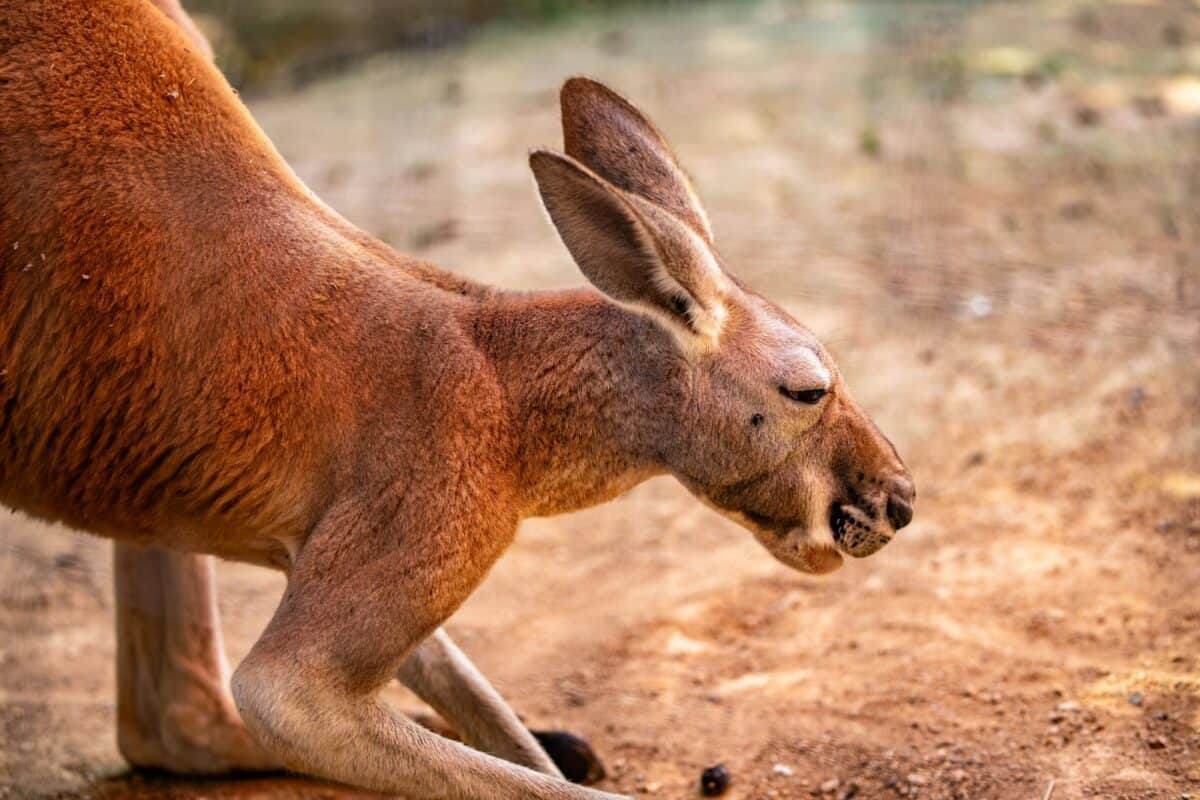
Perhaps the most endearing affectionate gesture in kangaroo communication is their nose-to-nose greeting. When familiar kangaroos encounter each other after a separation, they often approach slowly and touch noses in a gentle acknowledgment. This behavior resembles kissing in human terms and serves as both a greeting and a way to reinforce social bonds. The nose touch allows kangaroos to exchange scent information while simultaneously engaging in a moment of close physical contact.
Wildlife biologists studying eastern gray kangaroos have documented that these nose touches occur most frequently between mothers and their offspring, even after the joey has left the pouch, and between kangaroos that have established strong social bonds. The gesture appears to communicate recognition, acceptance, and a form of marsupial affection that strengthens their social cohesion. This intimate greeting ritual demonstrates that kangaroos value and maintain their social connections through gentle physical contact, much like many other highly social species.
The Pouch Bond: Ultimate Maternal Affection

The relationship between a female kangaroo and her joey represents one of nature’s most profound examples of maternal affection. Unlike most mammals, kangaroos give birth to extremely underdeveloped young that must crawl from the birth canal into the mother’s pouch, where they continue to develop for months. This unique reproductive strategy creates an extraordinarily intimate bond between mother and offspring. The pouch serves not just as protection but as a nurturing environment where the joey receives constant physical contact, warmth, and nourishment.
Female kangaroos demonstrate remarkable devotion to their young, producing different types of milk simultaneously for joeys at different developmental stages. They can have up to three joeys at once: one embryo in developmental pause, one developing in the pouch, and one that has left the pouch but still returns to nurse. Even after a joey becomes too large for the pouch, the mother continues to nurture and protect it for up to 18 months, grooming it frequently and allowing it to nurse. This extended period of care and physical affection helps young kangaroos learn social behaviors and establish their place within the mob structure.
Playful Interactions: Affection Through Play
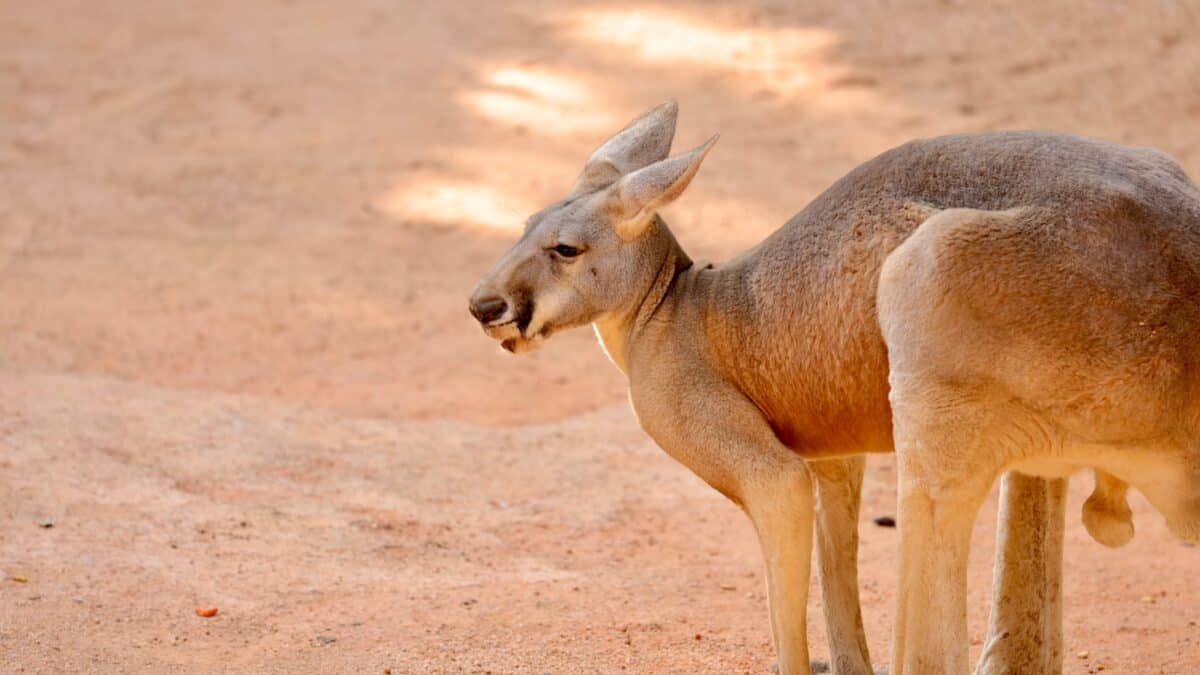
Young kangaroos engage in playful activities that serve as both physical development and expressions of social bonding. Much like puppies or kittens, juvenile kangaroos chase each other, engage in gentle wrestling matches, and practice their jumping skills together. These playful interactions help strengthen muscles and develop coordination while simultaneously building social connections. Researchers have observed that play sessions often conclude with affectionate behaviors like grooming or resting together, indicating their role in fostering positive relationships.
What’s particularly interesting is that adult kangaroos sometimes join in these play sessions, especially mothers with their older offspring. These intergenerational play interactions serve as teaching moments and bonding opportunities. The willingness of adult kangaroos to participate in play, despite its energy cost, suggests that maintaining affectionate bonds within the mob has significant evolutionary value. Through play, kangaroos express joy, trust, and attachment in ways that reinforce their social structure and prepare younger members for adult life in the mob.
The Language of Ears and Tails
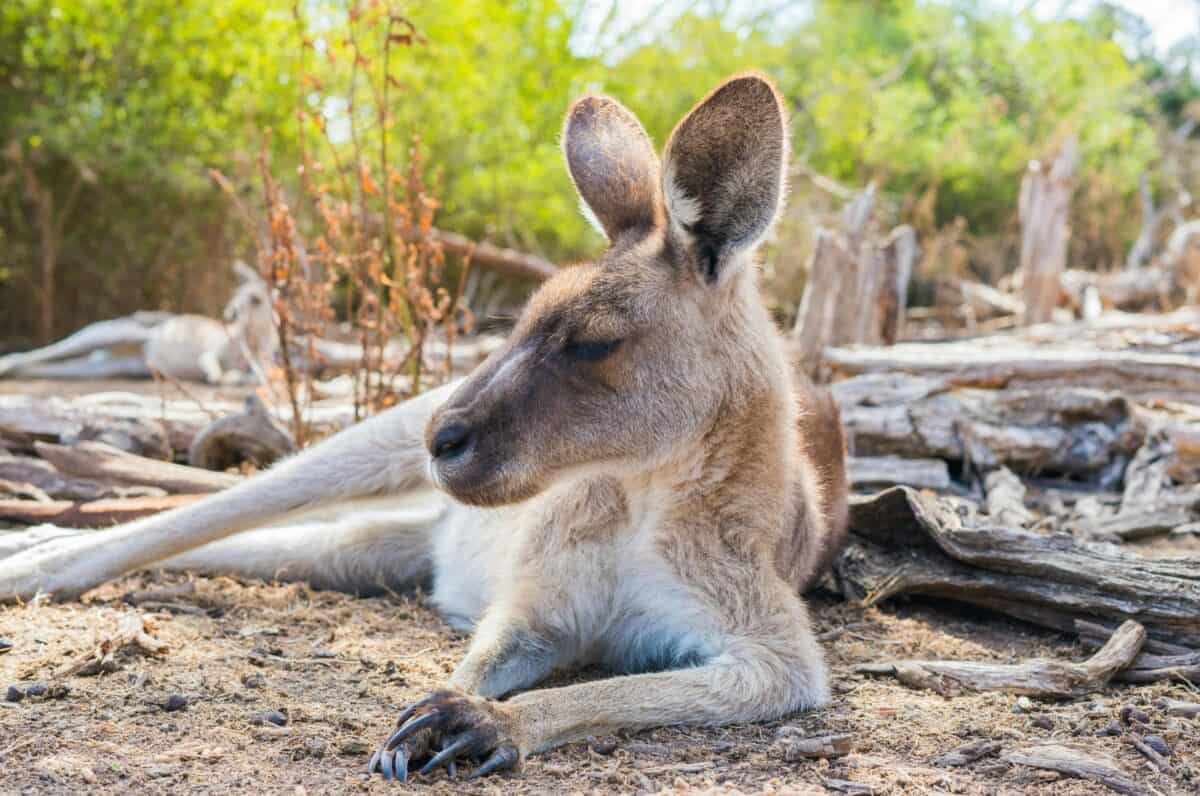
Kangaroos have developed a sophisticated nonverbal communication system that allows them to express affection and other emotions through subtle body language. Their highly mobile ears serve as emotional indicators—relaxed, forward-facing ears generally signal contentment and comfort in another kangaroo’s presence. Similarly, their tail positions communicate important information about their emotional state. When relaxed around trusted companions, a kangaroo’s tail will often rest loosely on the ground rather than being held tense or used for balance.
These subtle cues might not appear as obvious as a dog’s wagging tail or a cat’s purr, but they represent important aspects of kangaroo emotional expression. When two kangaroos that share a bond spend time together, observers can often note synchronized ear movements and complementary body postures, indicating mutual comfort and affection. Scientists studying marsupial behavior have found that these nonverbal cues are most pronounced between individuals with established social connections, suggesting they represent a form of affectionate communication unique to kangaroo society.
Communal Protection: Affection Through Alerting

One of the more subtle ways kangaroos show care for their mob members is through their vigilant warning system. Kangaroos take turns serving as lookouts while others feed or rest, stamping their powerful hind feet on the ground when they detect potential danger. This warning behavior alerts the entire mob to possible threats, allowing vulnerable members—particularly mothers with joeys—to seek safety. This cooperative vigilance represents a form of group care and protection that strengthens community bonds.
What makes this behavior particularly remarkable is that kangaroos will put themselves at increased risk to provide these warnings. The stamping sound draws attention to the warning individual, potentially making them more visible to predators. This self-sacrificing behavior suggests a level of altruism and affection for mob members that extends beyond immediate self-interest. Through their warning system, kangaroos demonstrate a collective form of care that contributes to the survival and wellbeing of their social group, particularly those members with whom they share close bonds.
Resting Together: Affection Through Proximity
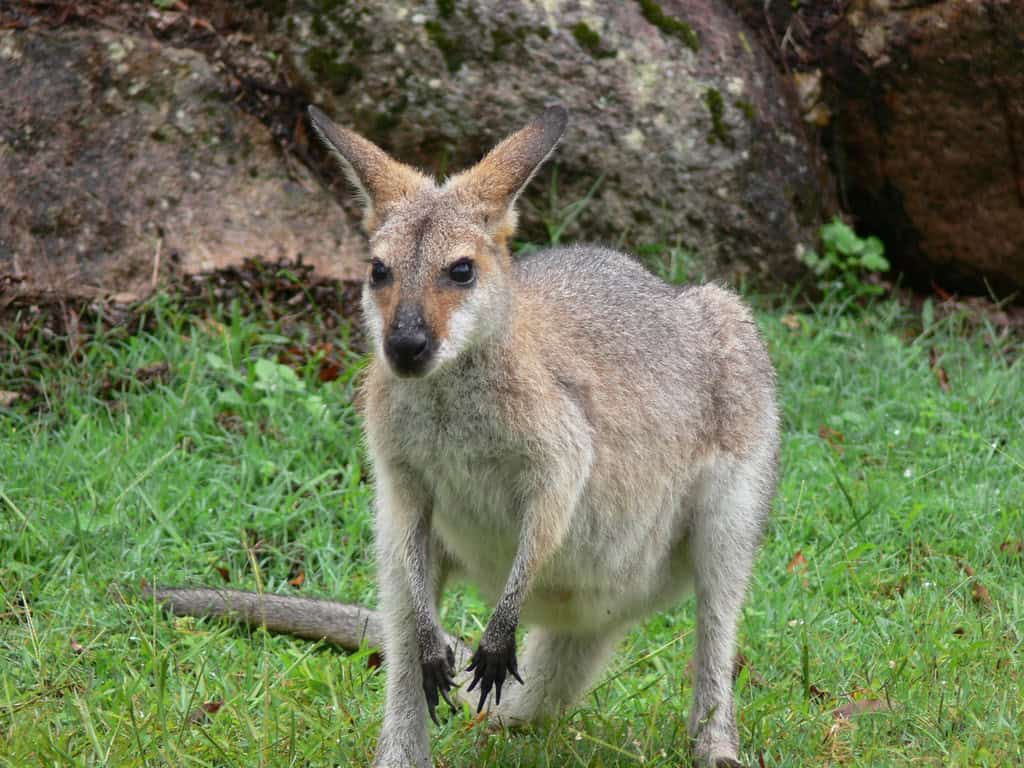
Kangaroos express trust and affection through their willingness to rest in close proximity to particular mob members. During the heat of the Australian day, kangaroos often seek shade and conserve energy by resting. In these moments, those with established bonds will frequently choose to sit close together, sometimes with their bodies touching. This voluntary proximity represents a significant display of trust, as resting periods are times of vulnerability for prey species like kangaroos.
Researchers studying wild kangaroo populations have observed consistent patterns in these resting arrangements. Mothers and their current and former joeys often rest together, as do siblings who grew up together. These chosen proximities aren’t random but reflect the social preferences and affectionate bonds within the mob. The willingness to be physically vulnerable near another individual represents one of the clearest indicators of trust and affection in kangaroo society, comparable to how household pets might choose to sleep alongside their trusted human companions.
Mourning Behaviors: Affection Beyond Life

Perhaps one of the most powerful indications of kangaroo affection comes from observations of their response to the death of mob members. While research in this area remains limited, wildlife observers and researchers have documented cases of female kangaroos exhibiting signs of distress following the death of their joeys. Some females have been observed returning to the location where a joey died or carrying deceased joeys in their pouch for days after death, behaviors that suggest a form of grief or emotional attachment that persists beyond life.
These mourning-like behaviors aren’t limited to mother-joey relationships. In some instances, kangaroos have been observed gathering around deceased mob members, particularly those with whom they shared close bonds. While we must be cautious about anthropomorphizing these behaviors, the evidence suggests that kangaroos form emotional attachments strong enough to elicit distress responses when those bonds are severed by death. These observations provide compelling evidence that kangaroo affection involves genuine emotional investment rather than merely practical social cooperation.
Captive Kangaroos: Redirected Affection

Kangaroos raised in wildlife sanctuaries or rehabilitation settings often display affectionate behaviors toward their human caretakers, offering additional insights into their capacity for forming bonds. Orphaned joeys raised by wildlife carers may treat human caretakers as substitute mothers, seeking physical contact, grooming, and reassurance. These relationships demonstrate kangaroos’ adaptability in forming attachments and their need for social bonding. Many wildlife carers report that hand-raised kangaroos will engage in nose touches, grooming attempts, and seeking physical proximity with their human caregivers.
These human-directed behaviors mirror the natural affectionate behaviors observed between kangaroos in the wild, suggesting that their capacity for forming social bonds is both flexible and fundamental to their psychological wellbeing. However, wildlife experts emphasize that these behaviors represent redirected natural instincts rather than domestication. Even hand-raised kangaroos retain their wild nature and eventually integrate best with other kangaroos. The affection they show humans offers a window into their natural social needs while reminding us that they remain wild animals with complex social requirements best met by their own kind.
Recognizing Individual Relationships
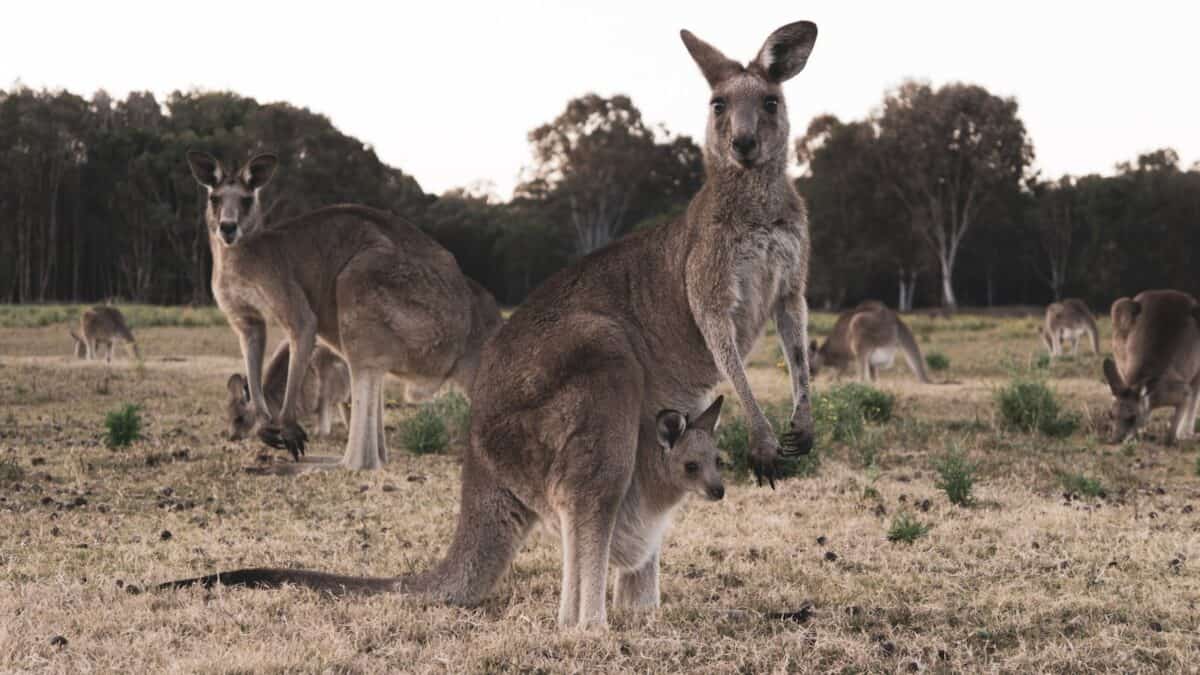
A remarkable aspect of kangaroo social behavior is their ability to recognize and remember individual relationships over extended periods. Studies have shown that kangaroos can identify specific mob members by sight, sound, and scent, maintaining recognition even after separations. This cognitive capacity allows them to maintain selective affectionate bonds rather than treating all mob members identically. Female kangaroos have been observed grooming adult offspring they haven’t encountered for months, demonstrating long-term social memory that supports lasting affectionate relationships.
This ability to maintain individualized relationships contradicts earlier assumptions that marsupials might have simpler social cognition than placental mammals. Instead, kangaroos demonstrate sophisticated social intelligence that allows them to form, maintain, and remember specific affectionate bonds. Their selective grooming, greeting, and proximity behaviors indicate conscious social preferences rather than generalized sociability. This capacity for individual recognition and preferential treatment forms the foundation for the complex affectionate behaviors that characterize kangaroo social life and challenges our understanding of marsupial cognitive abilities.
Understanding Kangaroo Affection: What It Teaches Us
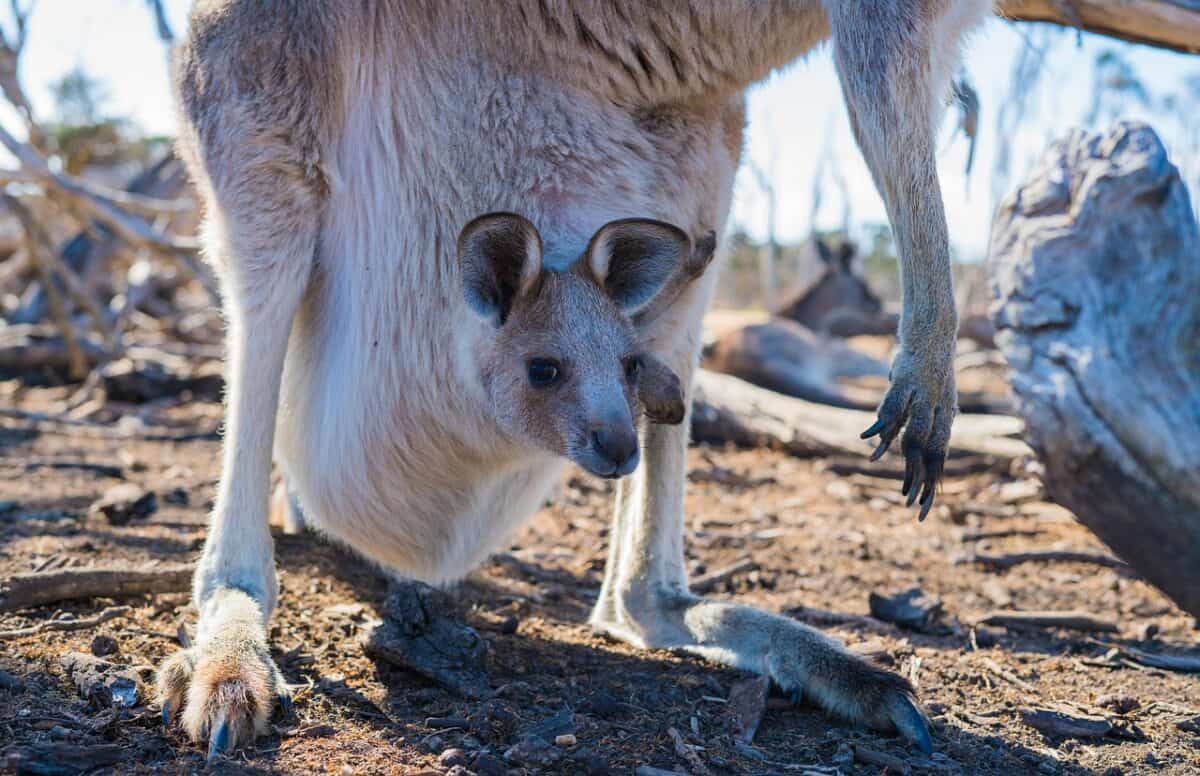
The various ways kangaroos express affection reveal important insights about animal emotion and social complexity. For decades, scientists hesitated to attribute emotional experiences to animals, but growing evidence from species like kangaroos challenges this hesitation. Their consistent patterns of selective social bonding, physical comfort-seeking, and apparent grief responses suggest emotional lives more complex than previously recognized. By studying kangaroo affection, researchers gain valuable perspectives on how social emotions evolved across different mammalian lineages.
These discoveries remind us that affection and social bonding take many forms across the animal kingdom, often appearing in species we might not expect. The tendency to recognize affection only when it resembles human expressions limits our understanding of animal emotional lives. Kangaroos, with their unique evolutionary history and specialized adaptations, have developed their own language of care and attachment that, while different from ours, serves similar social functions. Their affectionate behaviors demonstrate that emotional connection represents a fundamental aspect of social living that has evolved independently in various mammalian lineages, including the remarkable marsupials of Australia.
- Seals Use Icebergs to Avoid Predators - August 21, 2025
- The Surprising Way Kangaroos Show Affection - August 21, 2025
- The Funny Reason Pandas Tumble So Much - August 21, 2025

